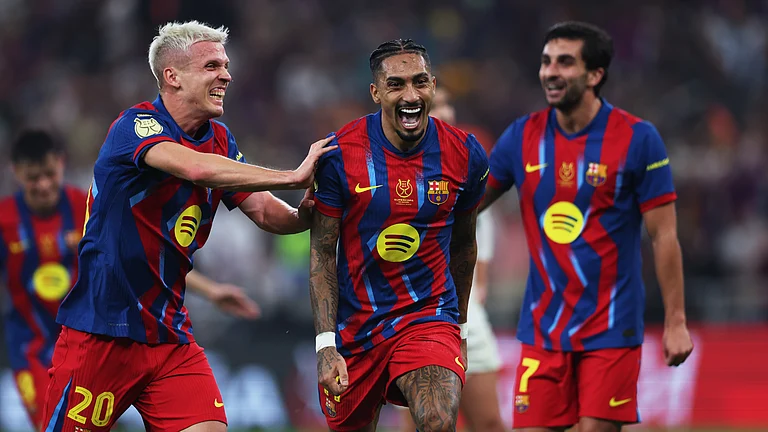This year, as in the year before, Ram Navami celebrations were marred by violence and clashes that broke out across six states including Bihar, West Bengal, Maharashtra, Uttar Pradesh, Karnataka and Gujarat. At least two people were killed and many others injured. With this, it seems a new pattern of violence has been emerging in India on the festival of Ram Navami, which coincides with the holy month of Ramadan. This year also saw an increase in weaponisation of so-called devotees with many photographs and videos depicting them armed with swords and even guns.
In Bihar, mosques and madrasas were attacked and mobs with swords and 'trishuls' were seen marching the streets. Similar incidents were reported from West Bengal. In Karnataka, two people were stabbed following clashes after a Ram Navami procession crossed a masjid. In each of the cases. questions were raised as to who provoked whom.
In the run up to the Assembly Elections in 2024, communal tension has been on the rise across the country, especially in the month of Ramadan. In Uttarakhand’s Haldwani, a mob stopped Namaz from being offered inside a lawyer’s house. In Moradabad in western Uttar Pradesh members of the Bajrang Dal disrupted Namaz prayers being held inside a warehouse last Friday. In Delhi, residents of a housing society objected to a Namaz congregation. With religion becoming a focal point of politics in India, festivals seem to have become a flashpoint for communal tensions.
Outlook’s issues titled ‘The Many Ramayanas’ and ‘Recasting Shiva’ looked at how deities like Ram and Shiva continue to play important roles as political actors in India today. Ram is the most common name in India, of people and places—even occurring as prefixes and suffixes. The cover story, ‘Who is Ram’, looked at “Ramayana as a story of struggle against society’s imposed morality, of kings and queens who are products of their circumstances and choices”.
Polarisation of festivals as sites of religious and political contestation is not a new phenomenon. But traditions like the Bohra Diwali or the case of a Muslim family in Jharkhand celebrating Ram Navami for the past 40 years are soon becoming fading fragments of a secular tradition that not only celebrated diversity but also inclusion. Today, both Ram and Ramayana have, to paraphrase political scientist Paul Brass, been turned into "political emblems" by the sangh parivar. They no longer represent mere deities or religious entities but political ideologies.
In author Anand Neelekantan’s words, Hinduism is now going through a tectonic change, becoming more Abrahamic in its nature, invoking god’s name as an aggressive slogan, insisting on one holy place and the supremacy of one expression of god”. He also wrote that when Gandhiji was asked who Ram is, he responded that Ram is the name of the truth in his conscience. Sadly, the once peaceful Ram Navami festival has taken ominous contours now, with violence foretold before the processions every year with sections of India’s population are facing not only marginalisation and violence but also invisibalisation.


























